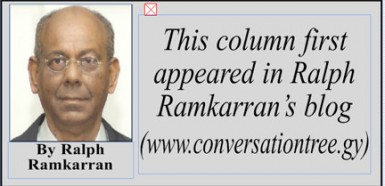John Gladstone, the owner of Plantation Vreed-en-Hoop, was regarded as a prime mover for indentureship. In his now famous (or infamous) letter of 4 January, 1836, to recruiters in India, he painted a glowing picture of the possibilities: “They are furnished with comfortable dwellings and abundance of food…They have likewise an annual allowance of clothing sufficient and suitable for the climate….it may be fairly said they pass their time agreeably and happily…They have regular medical attendance whenever they are indisposed, at the expense of their employers. “

The conditions that indentured labourers met on the plantations was far removed from Gladstone’s false description. On his own plantation at Vreed-en-Hoop there was no school. The ‘comfortable dwellings’ were called ‘logies,’ the dwellings recently vacated by slaves. They were built over or near foetid and sewage laden trenches, which provided sources for the disposal of waste as well as water for washing, bathing and cooking.

